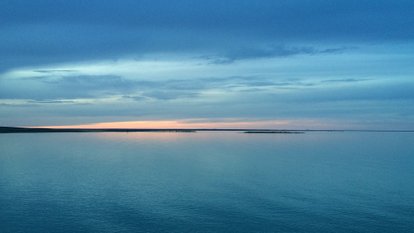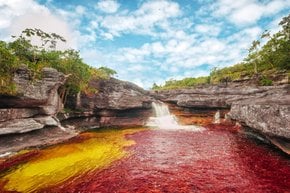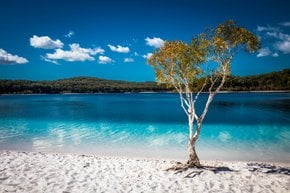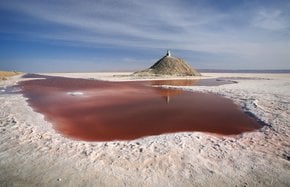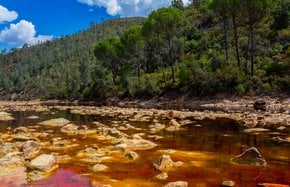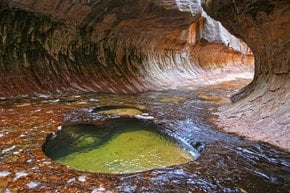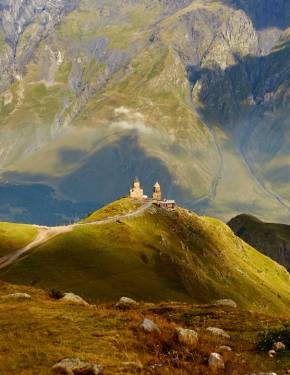Lake Balkhash in Kazakhstan 2026
If you believe a single lake can't be half freshwater, and half saline, visit a crescent-shaped lake in the middle of Kazakhstan. Its freshwaters in the west never mix with saline waters in the east
Best time: May–October
According to a local legend, the lake and rivers have a mysterious origin. It says there once lived a wealthy wizard named Balkhash, and he had a beautiful daughter Ili. A day came when she was about to get married, and her father wanted that the son-in-law was of a certain type—the richest, the most handsome, and also the strongest of all. Suiters outshined one another: there were the sons of a Chinese emperor and the sons of Mongolian Khan. However, ironically, as it often happens, the girl fell in love with the poor shepherd Karatal... Discarding the poverty, he wasn't that bad in two other categories and won the competitions. However, Balkhash didn't want a poor suitor, so at night Ili ran away with Karatal. Furious Balkhash bewitched the lovers into two large rivers, which could never cross because of the lake the wizard himself turned into.
The legend is nice, but it doesn't explain why the western part is freshwater, and the eastern—saline. That unique feature draws dozens of scientists who love to solve mysteries. In fact, the Ili River seems to have much to do with the phenomenon as it brings lots of freshwater to the western part of the lake, as well as colourful sediments which make the water look brighter. The eastern part of the lake has more inflowing rivers, but smaller ones—one of them is Karatal, also Aksu, Lepsi, and Ayaguz. The main reason why freshwater doesn't mix with saline seems to be a large ridge of sand that divides the basin into two sections.
Along with the scientists, the large lake attracts photographers and also vacationers, even though the purity of water is rather questionable, and it's not recommended to swim near the city of Balkhash. The lake is huge, namely 22,000 square kilometres, 26 meters deep, 605 km long, and 74 km wide, and is considered the 15th largest lake in the world. Moreover, it used to be much bigger during the ice age.
Despite its large area and partial salinity, Lake Balkhash freezes between November and April, so the best time to visit it is May through October, whereas June to September is the best for a swim,—water temperature is about 30°C.

